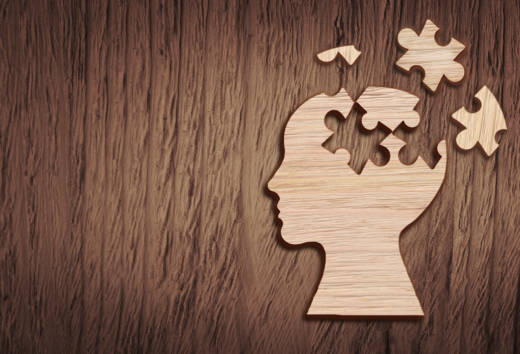A funny thing happened in the Dutch city of Maastricht in the fall of 2011. A policy went into effect banning the sale of marijuana at the city’s 13 legal cannabis shops to visitors from most other countries. The goal was to discourage disruptive drug tourism in a city close to several international borders. The policy had its intended effect, but also a remarkable unintended one: foreign students attending Maastricht University starting getting better grades. According to an analysis published earlier this year in Review of Economic Studies, students who had been passing their courses at a rate of 73.9% when they could legally buy weed were now passing at a rate of 77.9% — a sizeable jump.
The effect, which was based on data from 336 undergraduates in more than 4,000 courses, was most dramatic for weaker students, women, and in classes that required more math. Some of this falls in line with past research: marijuana use has been linked to inferior academic achievement (and vice versa), so it makes sense that poorer students might benefit most from a ban, and the drug is known to have immediate effects on cognitive performance, including in math.
But what’s really unusual about the study, notes one of its authors, economist Ulf Zoelitz of the Briq Institute on Behavior and Inequality, is that rather than merely correlating academic performance with cannabis use, as much past research has done, “we could cleanly identify the causal impact of a drug policy.” Zoelitz co-authored the study with Olivier Marie of Erasmus University Rotterdam.
The findings come in the wake of a movement to liberalize marijuana laws in the U.S. and some other countries. A total of 29 states and Washington, D.C. now allow the use of medical marijuana and eight states have decriminalized recreational use. Research shows that the legalization movement has coincided with a shift in attitudes among teenagers over the past decade: a steep decline in the perception of marijuana as risky. Use of all illicit drugs by adolescents has been dropping in the U.S., but smoking weed remains broadly popular: more than a third of high school seniors report some use and 6% admit they partake daily.
How much harm are they wreaking on their brains and academic performance? Obviously, students who are actively high in class are not doing themselves any favors. There’s a rich scientific literature demonstrating that learning, memory and attention all take a hit from cannabis intoxication.


